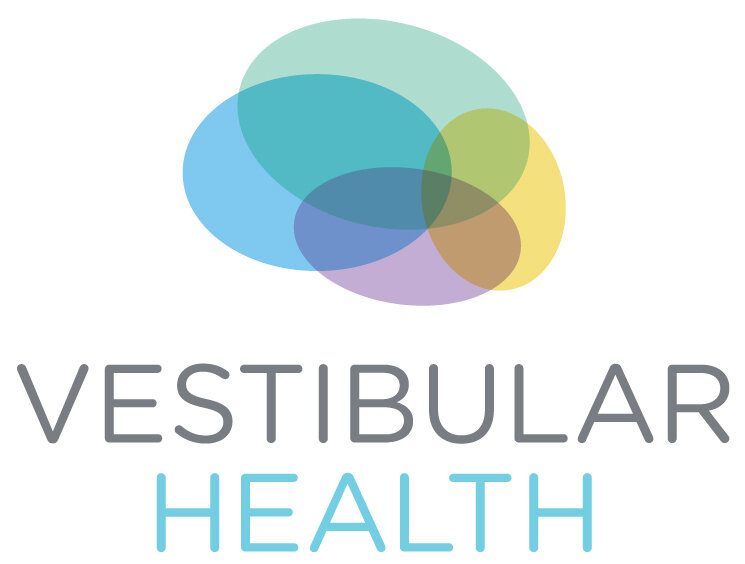Vestibular rehab for post-concussion dizziness, vertigo, and balance problems
Shaleen Sulway was a keynote speaker at the 8th annual Canadian Concussion Centre Research Symposium. This research-focused conference features a public forum, where speakers summarize their work and how their research applies to patient care.
Watch Shaleen’s talk here:
Key concepts from this presentation
Dizziness/unsteadiness is the second most commonly reported symptom after head injury (the most common symptom is headache).
Dizziness is a non-specific term that can refer to many different sensations, e.g. lightheadedness, floating, rocking, spinning, or imbalance. Vertigo is a specific type of dizziness - it is the illusion that you or the environment is moving, and is often a sense of spinning, bobbing up and down, or tilting. Disequilibrium is a sense of unsteadiness or imbalance, often associated with spatial disorientation. Being able to describe your symptoms accurately can help you to get the correct diagnosis and treatment.
The vestibular system is made of the balance organs in the inner ear, the eighth cranial nerve, and the parts of the brain that process vestibular signals (brainstem and cerebellum). The balance organs of the inner ear sense movements of the head, gravity, and acceleration.
The three major functions of the vestibular system are to:
maintain posture and balance,
allow us to see clearly when our head is moving, and
provide spatial orientation.
The vestibular system can be susceptible to trauma - the balance organs of the inner ear are located within the skull and are subject to forces on the head. There can also be injury to the vestibular nerve or the parts of the brain that process balance information.
When the vestibular system is not working well, it can result in vertigo, dizziness, or imbalance. It can also result in visual symptoms like blurry vision with head movement, feeling like your eyes don’t keep up with your head movement, seeing the horizon bobbing when walking, or intolerance of visual stimulation (like reading, scrolling on a screen, driving, or being in a visually busy environment like a grocery store).
Benign Paroxysmal Positional Vertigo or BPPV is a common cause of vertigo after head trauma. It is characterized by recurrent short episodes of vertigo that are triggered by a change in head position relative to gravity (e.g. bending forward, lying down, looking up, rolling). This condition usually responds well to treatment.
If you have dizziness after a head injury, a physiotherapist with advanced training in vestibular rehabilitation can help. A comprehensive assessment involves a detailed history to help narrow down the cause of your symptoms. It also includes a physical examination to evaluate your inner ear balance organs, check for positional vertigo, assess the parts of the brain that control balance, test for visual symptoms, measure your balance and gait, and understand how your symptoms are affecting your function. Treatment is individualized and aims to reduce symptoms and improve your balance. Our focus is helping you to return to normal function without symptom interference.
Not sure if vestibular rehab could help your symptoms? Call us to speak to one of our physiotherapists!
More videos from the Concussion Research Symposium public forum
Thumbnail image source: Wellcome Collection

